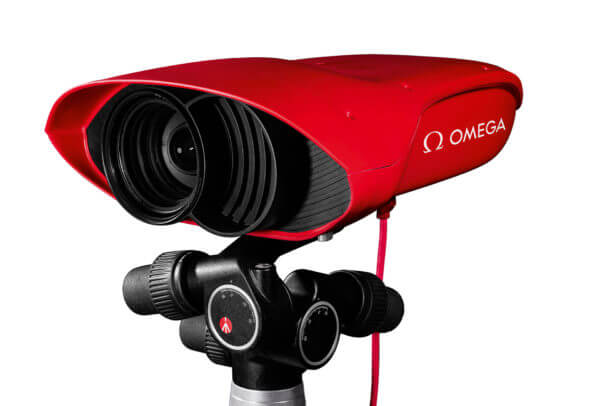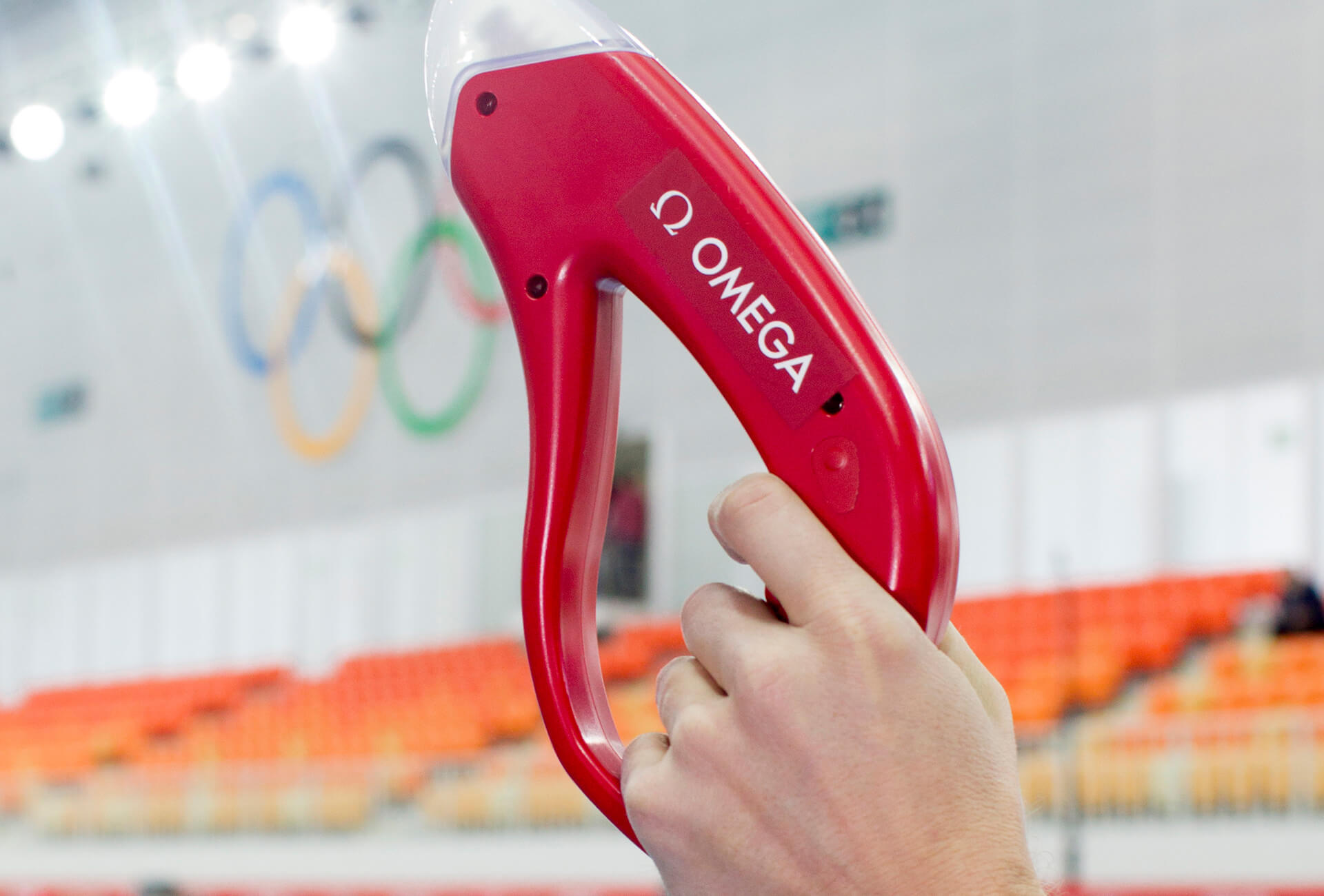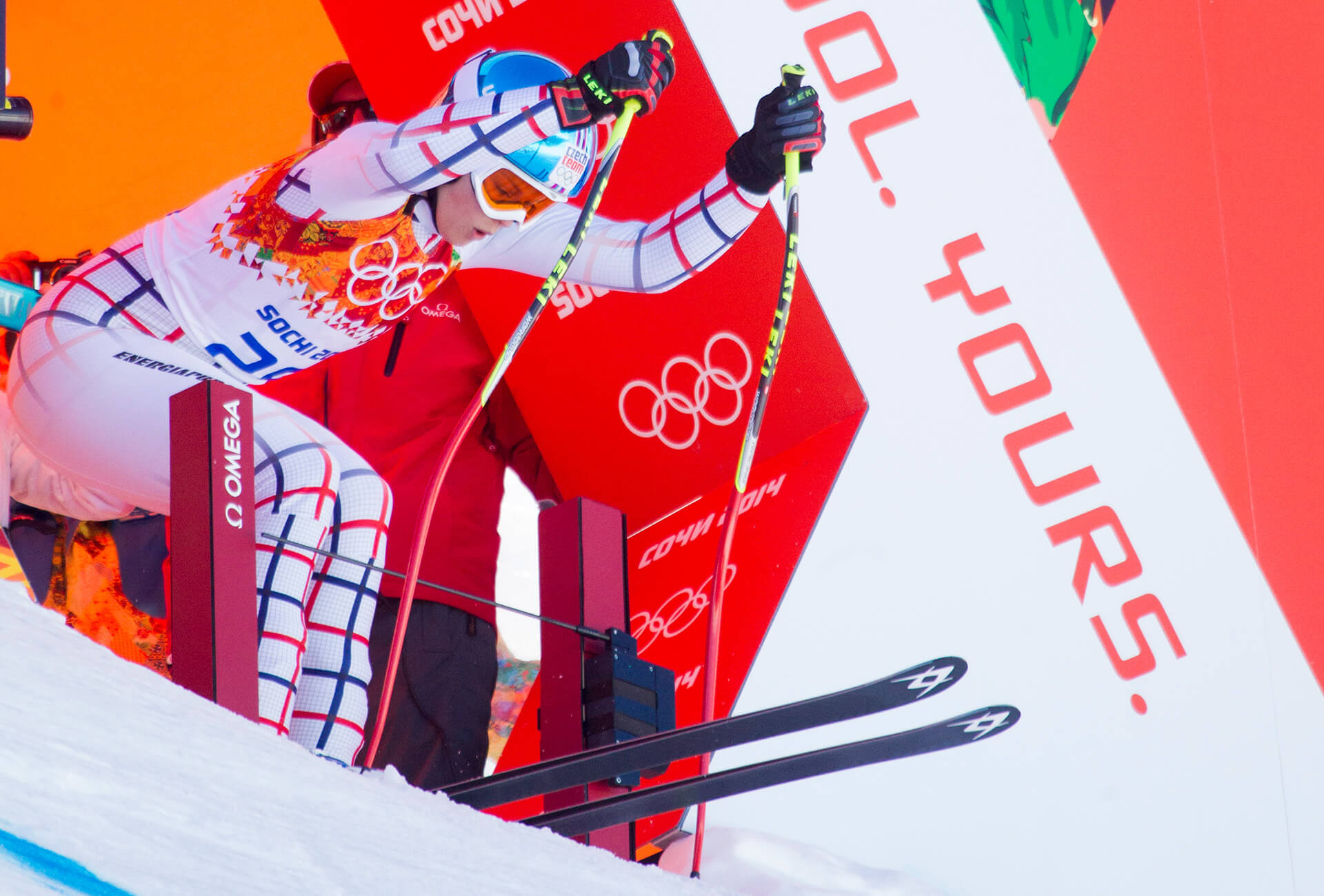It’s become something of a ritual: for each new tenure as official timekeeper of the Olympic Games – 28 including the Winter Games in Korea – Omega happily elaborates on the sheer scale of the teams and equipment it deploys. For its first Winter Olympics in Garmisch-Partenkirchen, Germany, in 1936, a lone technician was sent with 27 stopwatches to time every event; this year no fewer than 300 timekeepers have travelled to PyeongChang, along with 350 trained volunteers and 230 tons of equipment including 30 public and 90 sports scoreboards, not to mention endless kilometres of cables and optical fibre.
There’s a good reason for these mountains of equipment. At PyeongChang 2018, Omega says it is “paving the way for a dynamic Olympic Games future”. For example, sensor systems will provide continuous measurements from start to finish, enabling athletes to understand where they gained or lost time and have live information with which to analyse their performance. These new technologies will also serve to enhance viewers’ experience. Says Omega, “this is the first time at the Olympic Games that such in-depth data will be made instantly available and it is almost certainly the beginning of a new era.”
10,000 images/second
In South Korea, Omega is also using its Stromotion technology to break down the action into sections for close analysis. Trajectory video footage reveals the evolution of an athlete’s movement or technique to better appreciate individual performance. Another technology, by the name of Simulcam, layers an image of one competitor over another to compare techniques. Omega’s Scan’O’Vision Myria photofinish camera records finish-line action at 10,000 digital images per second.

Let’s take ski jumping by way of example. In-run speed, one of the factors of most interest to spectators, will be displayed for each jump. As the skier hits the jump, the display will change to show take-off speed. Twenty metres after the jump, a mid-air speed can be shown to compare whether this is faster, similar or slower to take-off speed. Lastly, the skier’s landing speed is instantly calculated and displayed. A virtual line will be displayed across the landing zone during live coverage to show the current distance to beat. As far as jumps go, Omega has taken a leap into the future.
















